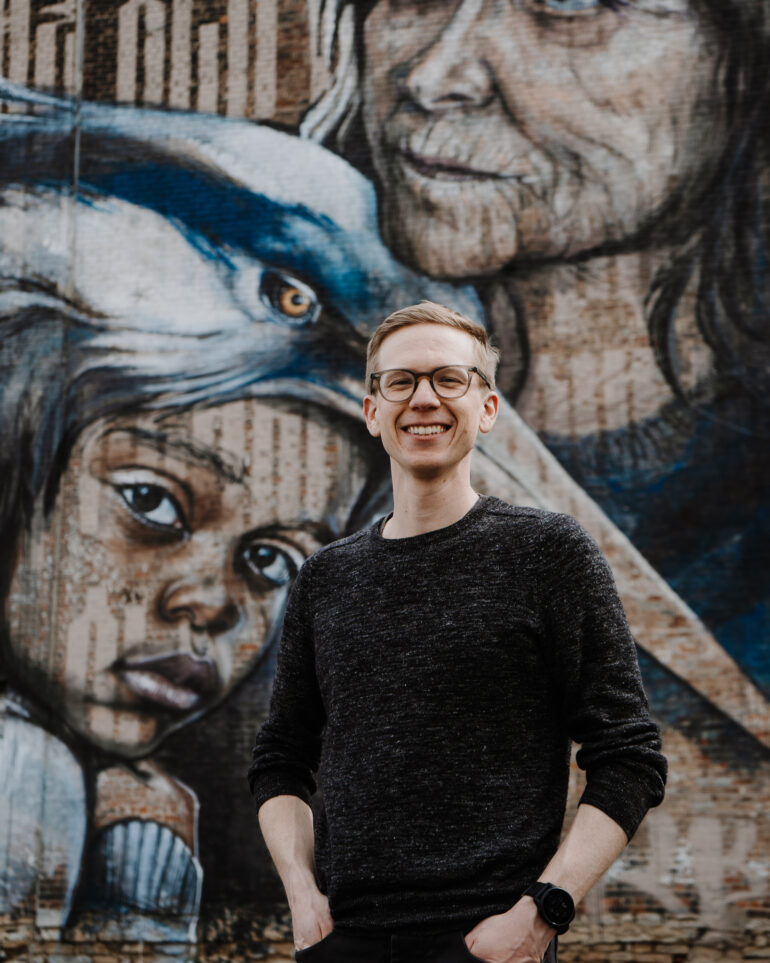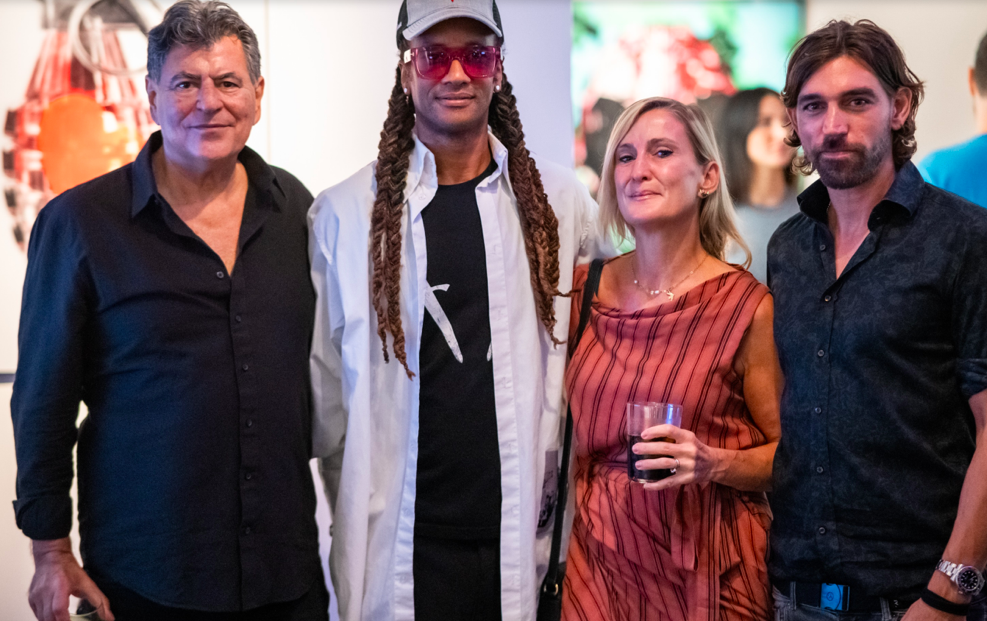As Justin Brookhart takes on a major new role as Director of Public Art and Placemaking at AGAR in the USA, Culturalee talks to the former Executive Director of BLINK–a genre-redefining festival that attracted more than two million visitors–his background in film production and visual storytelling and his his vision for pushing the boundaries of public art through AGAR collaborations with world-class artists.
Congratulations on your new role as Director of Public Art and Placemaking at AGAR. How does it feel to step into this national position, and what excites you most about this next chapter in your career?
It feels like a natural evolution. I’ve always been drawn to work that lives outside the traditional walls of a gallery, projects that reach people where they are. At AGAR, I get to scale that impulse in a bigger way. What excites me most is finding opportunities to bring artists’ creative visions to life through collaborations with cities, brands, and developers. This role lets me bring together all the things I love: creative curation, cultural strategy, and experiential activations.
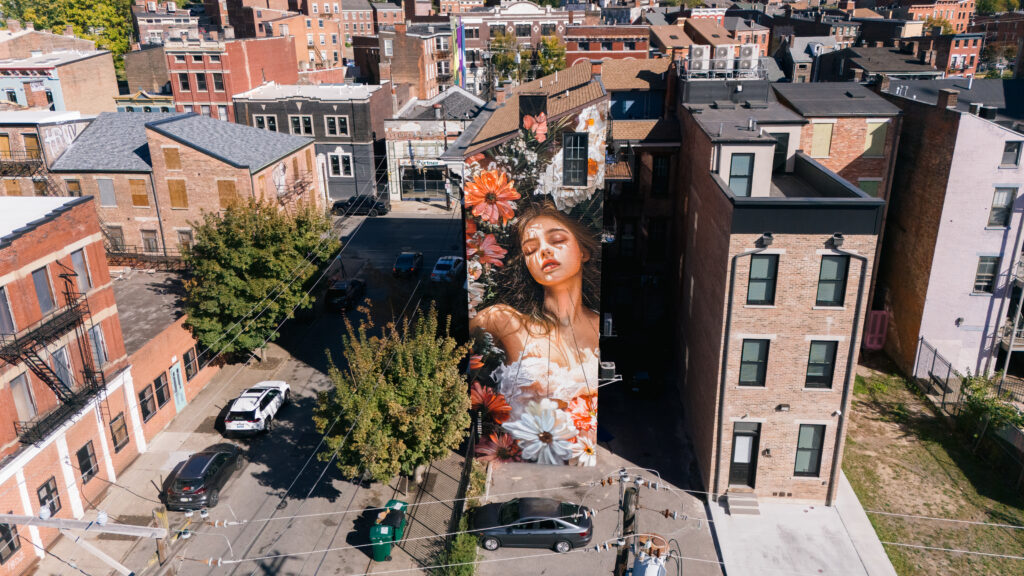
During your tenure as Executive Director of BLINK, the festival attracted over two million attendees and redefined the scale and impact of public art. What do you think resonated most with audiences, and how did you cultivate such a powerful cultural moment?
I think people were craving wonder, and BLINK delivered that in a way that was both massive in scale and deeply personal. It wasn’t just about the projections or the light. It was about seeing your city transformed and feeling like you were part of something bigger. We worked hard to make sure BLINK wasn’t just a spectacle but a canvas for stories, artists, and neighborhoods. We elevated local voices while bringing in global talent, and that mix gave it real depth. It felt joyful, and that’s a rare and powerful thing.
You began your career curating projects that brought together traditional mediums—murals and sculpture—with digital innovations like projection mapping, interactive installations, and light-based works. What drew you to this hybrid approach, and how has it shaped your philosophy on placemaking?
My original background is in film production and visual storytelling. I’ve always been fascinated by how you can layer meaning onto physical space. A wall, a plaza, or a building can become a living narrative. At Mondo, we were experimenting with how illustration and cinema could collide. At BLINK, that expanded into how digital tools could activate public space in unexpected ways. This hybrid approach keeps things dynamic. It invites curiosity and makes art feel current, accessible, and playful. For me, placemaking is about energy. It’s not about installing something permanent. It’s about bringing energy into a space that people actually respond to.
BLINK is widely credited with setting a new standard for what’s possible in public art experiences. What were the biggest creative and logistical challenges you faced scaling something of that magnitude, and what lessons are you carrying into your new role at AGAR?
BLINK is a beautiful, chaotic collaboration in the best sense. Each edition requires curating, commissioning, project managing, and creatively directing more than 85 public art projects across multiple neighborhoods in a dense urban core of Cincinnati. The biggest challenge is protecting the creative while navigating a massive web of logistics like city permits, public safety, weather, power, and the infrastructure of the built environment we activate in. And layered on top of that is the financial reality of raising and managing a $7.5 million public art event. It takes a creative strategy to piece together funding from civic partners, private philanthropy, and corporate sponsors, all while keeping costs down and still delivering the best version of each artist’s vision. What I’ve learned is that none of it works without trust. You have to build real relationships with artists, vendors, city officials, and community partners. That trust becomes the foundation. At AGAR, I’m bringing that same approach to new projects across the country, ambitious ideas rooted in collaboration and care.
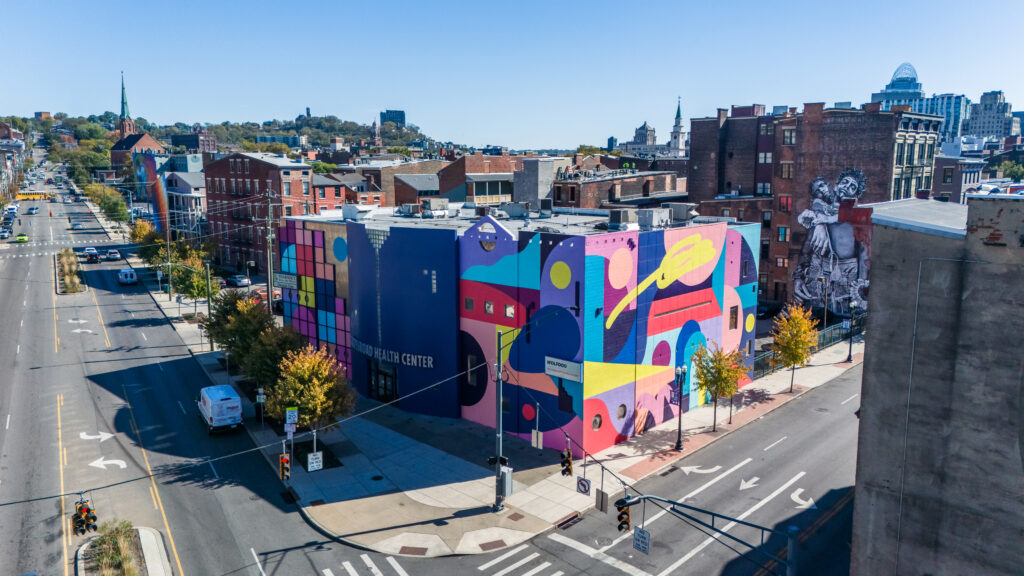
With your experience leading one of the most ambitious art festivals in the USA, where do you see the future of public art heading—both in form and function?
I think we’re heading toward public art that’s more nimble, more responsive, and more collaborative. People don’t just want to look at something pretty. They want to feel connected to it. Whether that’s through interactivity, sound, motion, or storytelling. I also think we’ll see more artists working across disciplines, blending sculpture with sound, light with architecture, analog with digital. The boundaries are blurring in exciting ways. What excites me most about this role is working with artists who have a clear point of view and want their work to be both beautiful and engaging. So for AGAR that’s about finding the right projects where cities, brands, or developers can align with that vision. When that kind of alignment happens, the result is more than just a visual experience. It becomes a shared message and a deeper connection with the public.
How do you define innovation in public space? Is it about technology, community engagement, visual storytelling—or some combination of all three?
To me, innovation is about intention. You can throw the latest tech at a wall, but if there’s no story or heart, it won’t land. The best projects bring together multiple layers, great visuals, cultural relevance, and emotional resonance. Technology is just a tool. The real innovation happens when we use it to connect people to place in a deeper way. It’s less about being flashy and more about being thoughtful.
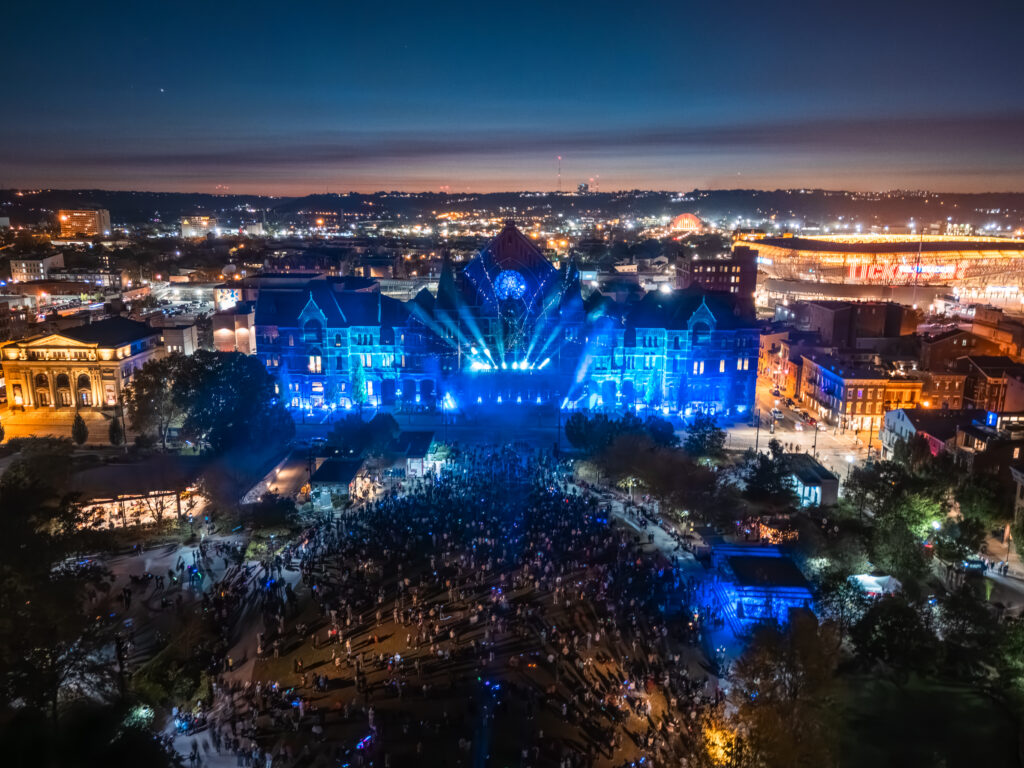
As you begin your work with AGAR on a national level, how do you envision collaborating with cities, developers, and brands to not just fill spaces with art, but to create meaningful, transformative experiences for the public?
The best collaborations start with listening. Every place has its own rhythm, challenges, and aspirations. My job is to tune into that and help shape projects that feel like they belong. Whether it’s a developer reimagining a public plaza or a brand that wants to give back to the community, the key is collaboration. I want to move away from the idea of art as a drop-in or add-on and more toward art as a partnership, something that becomes part of a space’s identity.
You’ve always emphasized accessibility and interactivity in your curatorial work. How important is it that public art doesn’t just exist to be seen, but invites people to engage with it—and with each other?
It’s everything. Public art is one of the last truly democratic forms of cultural expression. It’s free, it’s for everyone, and it meets people in their everyday lives. But for it to work, it has to invite participation. That might be literal, like touching or interacting, or it might be emotional, sparking conversation or memory. The magic happens when people feel ownership over what they’re experiencing. That’s what creates lasting impact.
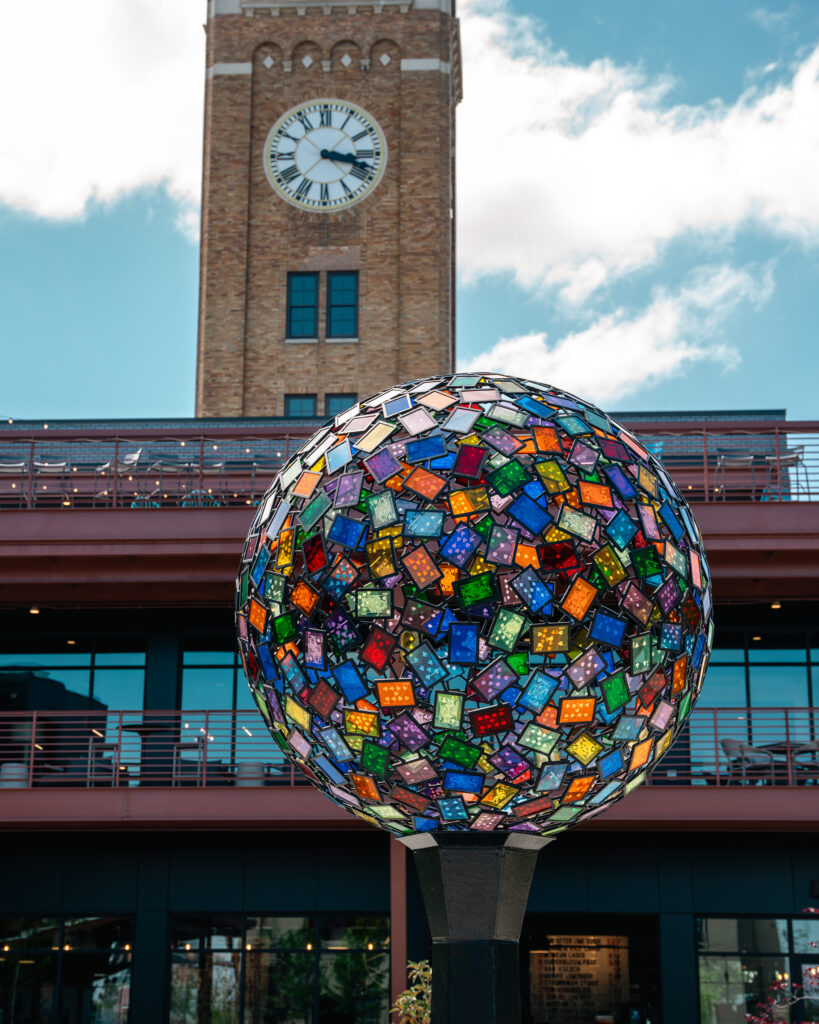
What role do you think artists and curators like yourself play in shaping cultural identity in cities, particularly as urban spaces become more dynamic, contested, and digitally connected?
Artists bring vision. They offer clear, powerful ideas for how a space can be transformed or reimagined. The best public art reflects that vision while also speaking to the character of the place it inhabits. As a curator, I see my role as helping shape the conditions for that to happen by connecting the right artist with the right space, the right partners, and the right level of support to realize the best version of their vision. When it works, it creates something that feels both intentional and unexpected. That’s how cultural identity takes root in public space. Not through generic decoration, but through bold ideas realized with care.
Looking ahead, what kind of legacy do you hope to build through your work at AGAR, and what impact do you want to have on the public art landscape across the country?
At AGAR, we want to create moments of everyday wonder. Experiences that make public spaces feel more alive, more thoughtful, and more beautiful. We believe public art can transform how people move through the world, not just through large-scale installations, but in subtle, lasting ways that make a place feel more human and connected. Our goal is to help artists bring ambitious ideas to life and to shape environments that invite curiosity and engagement. If we can contribute to a public art landscape that feels more imaginative, accessible, and emotionally resonant, that’s the impact we’re aiming for.


